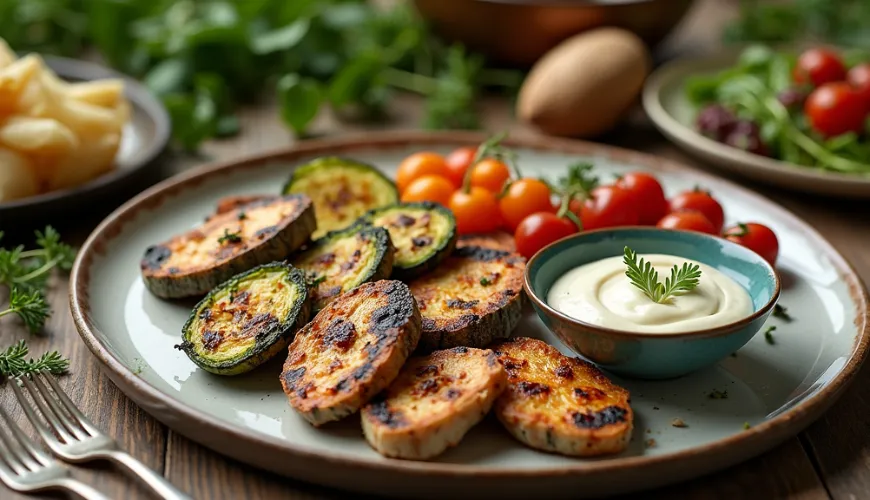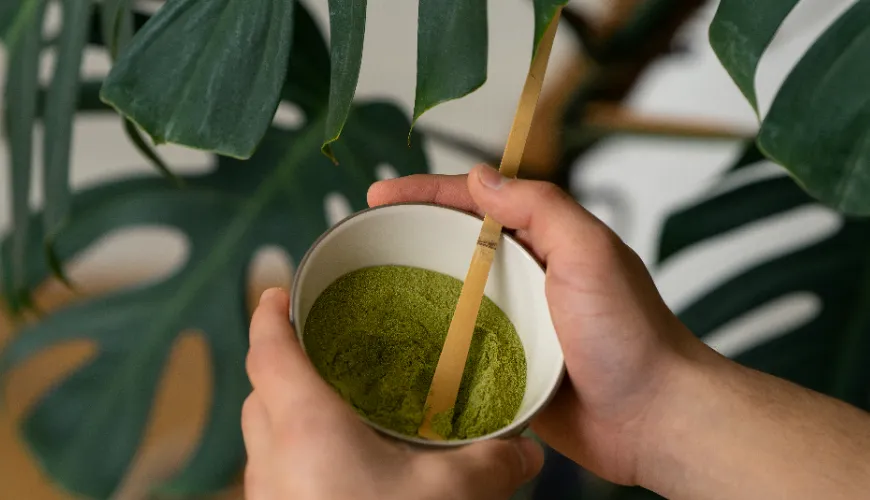
Poutine recipes that will impress your family and friends

Poutine - The Canadian Delicacy That Conquered the World
When you think of comfort food, most of us imagine something hot, hearty, and irresistible—something that soothes both the soul and the stomach. For Canadians, one such dish is poutine—a meal that at first glance looks like a mix of leftovers from a family dinner and a late-night bistro snack, but in reality, it's a culinary phenomenon with a rich history and a surprising influence on global gastronomy.
Poutine (pronounced "poo-teen") consists of a few simple ingredients: fried fries, cheese curds, and hot gravy. When these three components come together, the result is a dish that is rustic, creamy, crispy, and perfectly salty all at once. It's this balance of flavors and textures that has won over hearts far beyond the borders of Canada—including those in Europe.
Poutine Recipe - Simplicity That Surprises
At first glance, it sounds so simple that one might wonder: what's so special about it? But it's precisely this apparent simplicity that holds the magic. The original poutine recipe is carefully balanced, and each component has its precise place.
The basic poutine recipe looks as follows:
- Fries: Homemade, thicker, and double-fried to be crispy on the outside and soft inside. While commercial frozen fries can be used, some of the charm is lost.
- Cheese Curds: This type of young, slightly sour cheese is key to an authentic experience. It's commonly available in Canada, but in Europe, it can be substituted with a similar fresh cheese, ideally homemade. It's important for it to only partially melt upon contact with the hot gravy, not completely.
- Gravy: Traditionally a dark beef stock gravy is used, but there are vegetarian options available. It's crucial for it to be hot, thick, and well-seasoned—it ties the whole dish together into a harmonious whole.
Poutine is traditionally served in a deep bowl or paper boat and is eaten with a fork. It's a dish you'll encounter all over Canada—from fast food stalls to university cafeterias and renowned restaurants.
Garage Poutine - From Garage to Canadian Hearts
In recent years, the term Garage Poutine has become associated with poutine. This term often refers to small, independent establishments, sometimes literally started in converted garages, that specialize in unique variations of this dish. These establishments enjoy a cult following in Canada, especially in Québec. Not only do they offer classic poutine, but they also experiment with ingredients—from vegetarian versions with mushroom gravy to luxurious renditions with game meat or foie gras.
Garage Poutine thus represents an alternative culinary scene that draws from tradition but isn't afraid of innovation. Many young chefs started in such environments, where they could freely create and reach an audience seeking more than just classic snacks. Today, this concept is appearing in the United States and Europe, where establishments play with the concept of poutine and create their own "garage" variations.
Why Poutine Is Winning in Europe
It's no coincidence that poutine has been appearing in European bistros and food truck festivals in recent years. This dish has several advantages that make it ideal even for a demanding audience.
Firstly, it's affordable, making it an attractive product for entrepreneurs and customers alike. Secondly, it's easily adaptable—it can serve as a main dish, a side, or even an unconventional street food experience. And thirdly, it's eye-catching and memorable, which plays a big role in the age of social media—few can resist a photo of golden fries topped with cheese and glossy gravy.
An example is a food truck in Berlin that offered poutine with pulled pork and spicy barbecue sauce. Customers were initially skeptical, but within a few months, the dish became a hit. It even appeared in several culinary guides as a "must-try experience in Berlin." This ability to adapt while remaining distinctive is one reason why poutine thrives outside its native Canada.
Sustainability and Local Ingredients? It's Possible with Poutine
At first glance, poutine might seem like a typical fast food that defies healthy lifestyle trends. But as Canadian food activist Anita Stewart says: "Any food can be sustainable if it respects its ingredients and the people who grow them." And this is where a new trend comes in—eco-friendly poutine.
Many small businesses today strive to prepare poutine from local, organic, and ethical ingredients. Instead of imported potatoes, they use varieties from nearby farms, prepare gravies from free-range animal stocks, and cheese curds are made in small dairies. The result? A dish that's not only tasty but also has a smaller ecological footprint.
Moreover, vegetarian and vegan versions are increasingly appearing, playing with naturally umami flavors like shiitake mushrooms, tempeh, or smoked paprika. A combination of sweet potato fries, plant-based "gravy," and vegan cheese can be just as satisfying as traditional poutine—and kinder to the planet.
Poutine as a Cultural Symbol
Poutine is more than just food. It's also a symbol of Canadian identity, especially in the province of Québec, where it originated. The original version likely appeared sometime in the 1950s in rural diners. There are many versions of the story of its creation, but they all share that it was a spontaneous combination of available ingredients that surprised with its flavor.
Today, poutine is considered a national treasure. There are annual festivals dedicated solely to this dish, such as La Poutine Week, which takes place across Canada and during which restaurants compete for the most creative version. Even the Canadian embassy in Paris once hosted a "poutine night" to introduce the French audience to this traditional dish.
In a sense, poutine can be compared to Czech smažák or goulash—a dish that brings people together, evokes nostalgia, and offers room for innovation. It's this blend of tradition and openness that can make poutine a beloved part of European cuisine.
In a time when food often serves as a cultural bridge, poutine is an ideal example of how a simple dish made from local ingredients can gain global recognition. Perhaps this is its greatest strength—it brings comfort, flavor, and joy in every bite.

